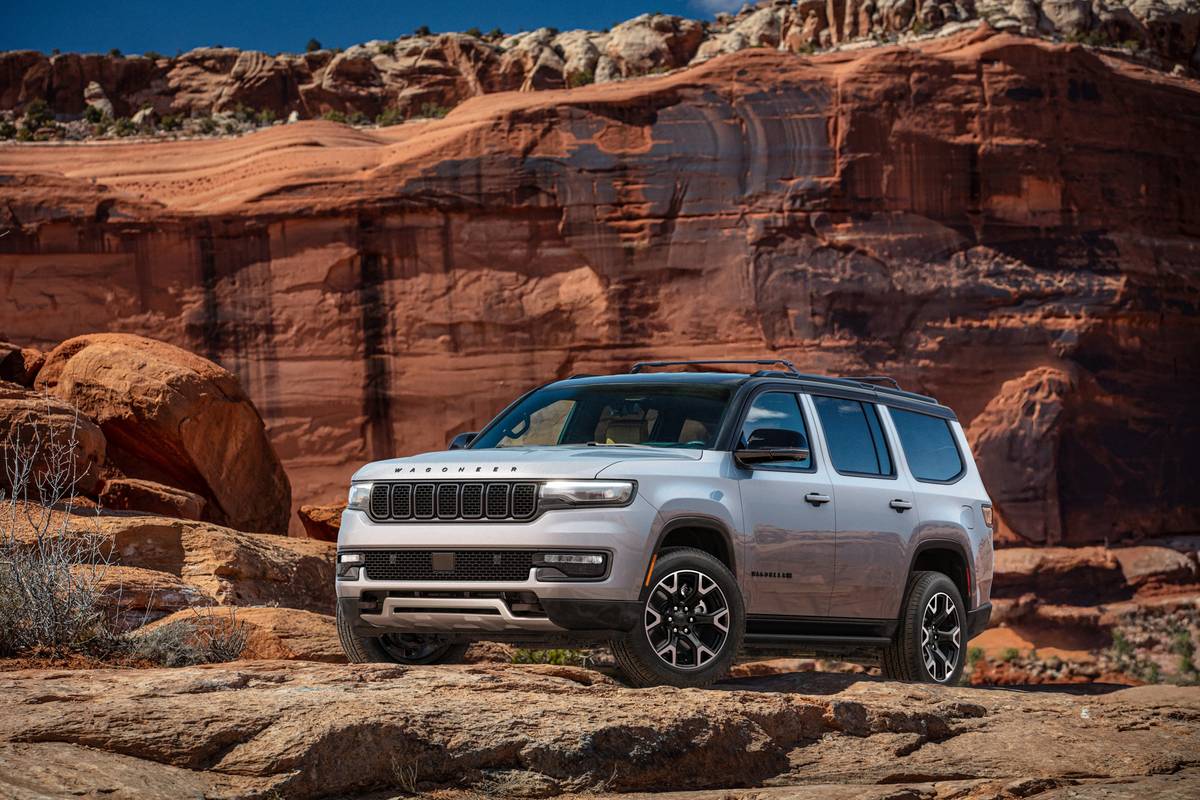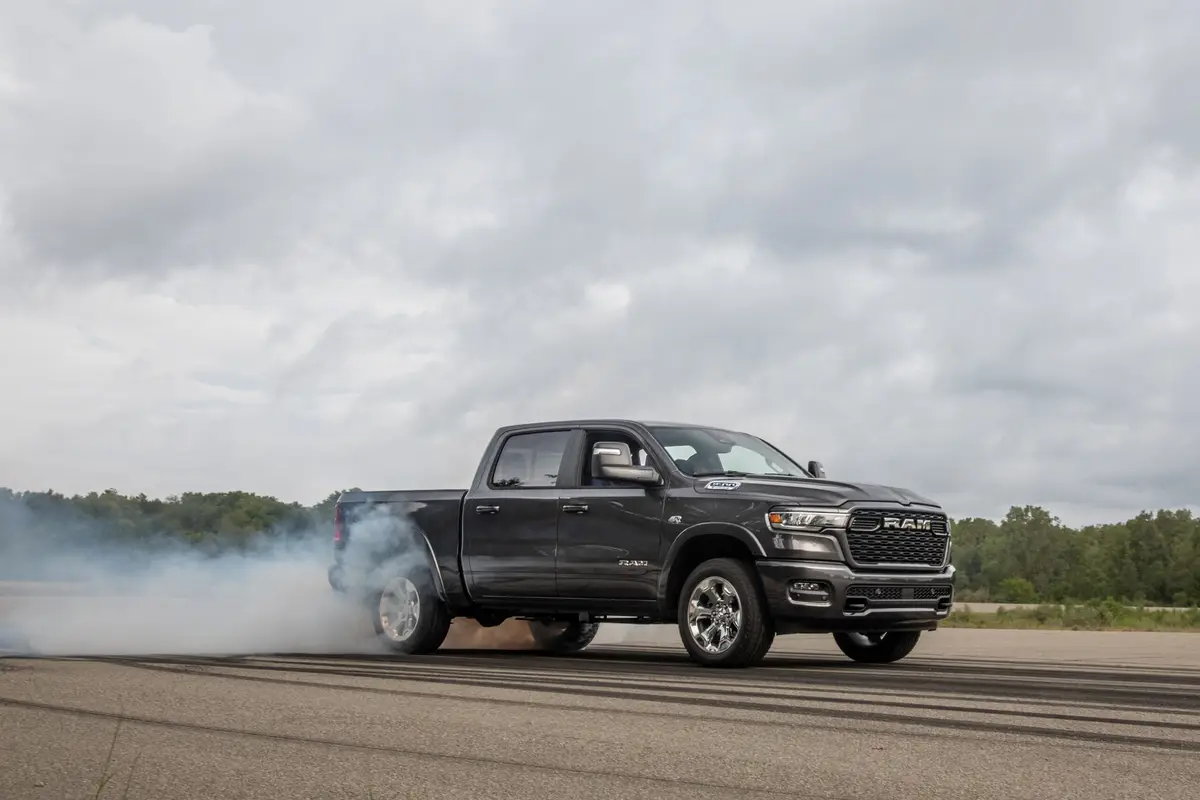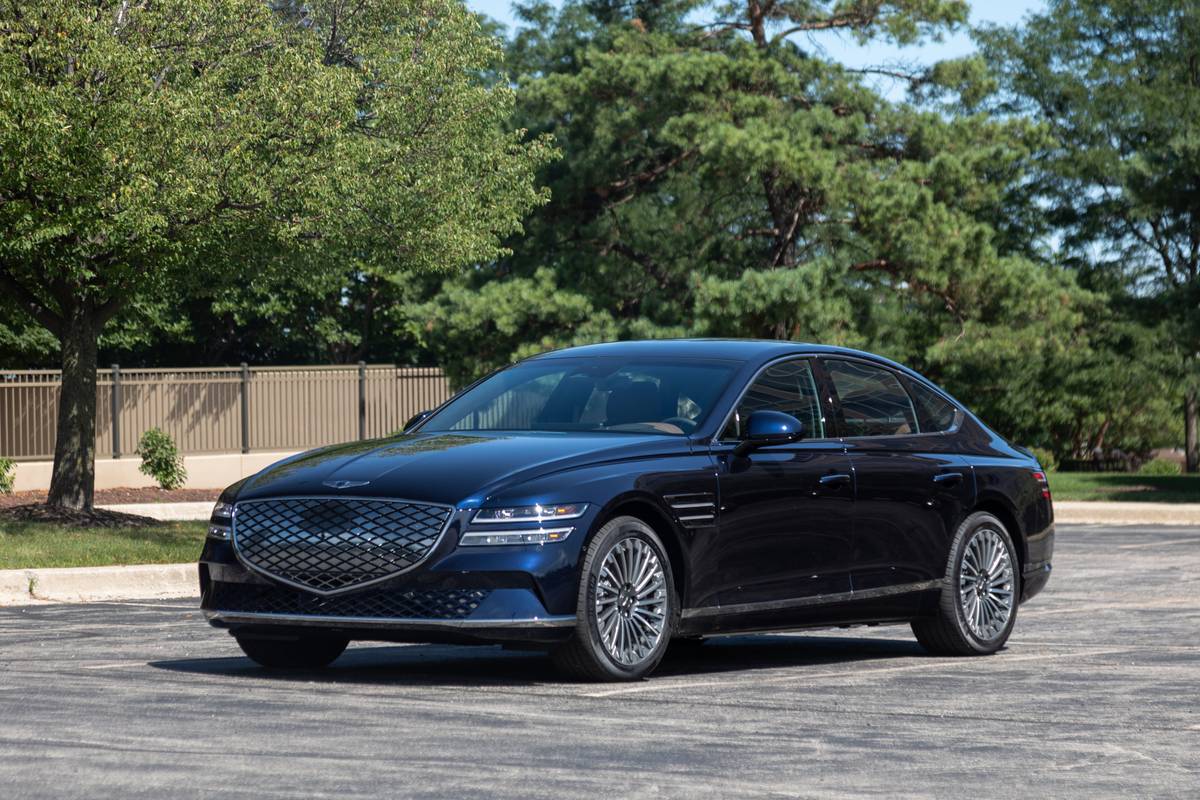Star-Telegram.com's view
The next generation of the popular Nissan Altima sport sedan is now arriving in dealer showrooms.
And if you’re among the many fans of the Altima, this newest version should dazzle you.
Arguably one of the best driver-oriented midsize sedans on the market (along with the Mazda 6 and Volkswagen Passat), the Altima for 2007 is even sportier than before. The Altima, already fourth-best-selling car in the United States last year, should be able to make a strong run at the segment-leading Toyota Camry and the runner-up Honda Accord during the coming year.
There are so many upgrades with the new model that they’re difficult to count. And for those who have complained that the 2006 Altima had a less-tan-stellar interior, quit your belly-aching. The new Altima’s interior is worthy of a premium sedan such as a Lexus or Mercedes.
For 2007, the Altima (base price $17,950 plus freight) is completely new, Nissan officials said during a recent national media introduction of the vehicle in San Francisco.
Besides a stylish redesign of both the exterior and interior, Nissan also has virtually eliminated the torque-steer that some owners had complained about on the previous model. The steering also has been improved to give it more of a sports car feel, said Pete HaidosÖ, Nissan’s chief product specialist for the Altima..
Torque steer is the tendency of front-wheel-drive vehicles to try to turn in the direction of the wheel that’s getting power, and it’s present to some degree in almost every vehicle that has front drive – some worse than others. The more torque (power) that a car has available to put to the wheels, the more potential there is for torque steer. In the new Altima, though, Nissan engineers have virtually eliminated torque steer in the V-6 models, while boosting horsepower significantly.
In redesigning the Altima, Nissan gave it a more-aggressive stance, along with improved handling and performance.
And unlike some of its competitors, the Altima “is not a copy of anything,” Haidos said.
So consumers won’t be confused, the styling changes are “evolutionary, not revolutionary, and the car still looks like an Altima,” he said.
Unlike most of the midsize competitors that have been redesigned within the past couple of years, including the Camry and Accord, the new Altima is a bit smaller than before.
The interior space remains the same, but exterior dimensions have been reduced slightly because consumers had complained that the previous model was “too big,” Haidos said. It was the largest vehicle in the class.
The decreases are slight, however – the car is two-and-a-half inches shorter, and the wheelbase is an inch shorter.
The height is the same, but the car is 0.3 inches wider than the ’06 model. At 189.8 inches long, it’s just a half-inch longer than the 2007 Camry, but 1.3 inches shorter than the Accord.
The exterior has been made more sleek and aerodynamic, but the unique headlights and taillights from last year’s model were retained because consumers told Nissan those were among the things they really liked about the Altima.
Altima now rides on the new Nissan “D” platform, which will be used for some other new models as well. This architecture offers improved chassis strength, as well as a completely new front suspension and an improved rear suspension, Haidos said.
Under the hood of the new Altima is either a 2.5-liter, inline four-cylinder engine or the 3.5-liter V-6.
The four-cylinder is an enhanced version of the engine from last year’s Altima, and is rated at 175 horsepower and 180 foot-pounds of torque.
It’s also the second-most-powerful base four-cylinder engine in the midsize sedan class. The Camry’s four-cylinder has 158 horsepower, and the Accord’s 166; the class leader is the Passat, with a turbocharged 200 horsepower four.
The V-6 engine’s 270 horsepower is 20 more than in last year’s Altima. It is second only to the 2007 Passat’s 280 horsepower. The new Camry, at 268 horsepower, is very close, but the Accord’s V-6 has just 244. The Altima’s V-6 puts out 258 foot-pounds of torque.
A new six-speed manual transmission or a continuously variable automatic are offered with either engine.
With the manual gearbox, the four-cylinder is rated at 26 miles per gallon city and 35 mpg highway; with the CVT, the ratings are 26 city/34 highway.
For the V-6 with manual, fuel economy is 21 city/29 highway; with the CVT, it’s 22 city/28 highway.
Other technological features include a new speed-sensitive power-steering system, improved braking system with four-wheel discs and an optional antilock system; and optional electronic stability control, which is packaged with traction control and antilock brakes.
The continuously variable transmission does not have the irritating rubber-band feeling of some CVTs, and doesn’t “motorboat” when changing to a higher gear level, Haidos said. It also has “adaptive logic,” which keeps the vehicle from unnecessarily changing gears while going up or down hills.
The transmission has normal, sport and economy modes. It’s also designed to “learn” the driver’s particular driving style, so as to match shift points to that style, Haidos said.
Inside, there is a world of difference in the new Altima. Quality and attention to detail are like no Nissan before it, and there are nifty chrome accents, plush padded armrests, and a standard tilt and telescoping steering column on all trim levels.
The air conditioning has been improved, and the sun visors have no gaps – a major annoyance on many other vehicles. The seats are much more comfortable, with longer cushions and higher backs. An intelligent-key system with pushbutton start is standard on all models – something usually reserved for luxury cars. With this system, the driver keeps the key in purse or pocket; there is no need to put a key into the ignition switch.
There are nine cup or bottle holders inside the vehicle, and there are several covered storage compartments. All audio systems come with an auxiliary jack for an iPod or other music player.
There is an amazing 17.9 cubic feet of trunk space, compared with just 14 for the Accord and 15 for the Camry.
Options include leather upholstery, a 264-watt Bose nine-speaker audio system, a navigation system with XM real-time traffic information, dual-zone automatic climate control, and Bluetooth hands-free communications. XM or Sirius satellite radio is optional.
For safety’s sake, the new Altima has standard front seat-mounted side air bags, as well as side-curtain air bags for both rows of seats. There also are active head restraints up front, and a tire-pressure monitoring system.
For now, five trim levels are offered: the base 2.5, the 2.5 S, the 2.5 S with SL package, the 3.5 SE and the top-of-the-line 3.5 SL.
Also coming later in the model year is a new gasoline-electric hybrid model. The base Altima, with the four-cylinder engine and manual transmission, is priced just $200 more than last year’s entry model, but has more standard equipment, including the intelligent key system and the side air bags.
The 3.5 models – which come with the V-6 engine – begin at $24,000 with the manual gearbox
The 2.5 S with manual transmission is priced at $19,800; and with the CVT, $20,300; the 3.5 SE with CVT is $24,500; and the 3.5 SL with CVT is $28,400. Nissan says the average Altima four-cylinder customer is a woman age 45, while the average V-6 buyer is a 45-year-old man.
More than 70 percent of Altima buyers are married, and average household income ranges from $72,739 for the four-cylinder to $93,154 for the V-6.
Latest news



